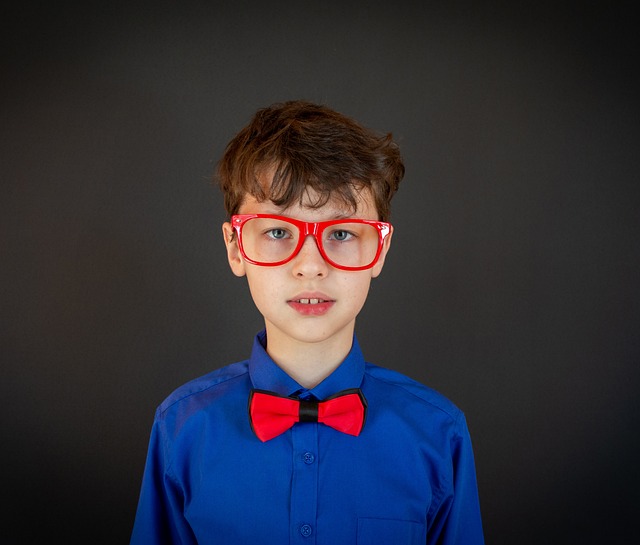50% of French people have good eyesight and do not need optical correction. The vast majority of myopia – which affects 12 million French people – occurs after the age of 8 years. A genetic predisposition increases this risk: if you or your spouse are myopic, you must be vigilant for your child.
Myopia: blurred vision from afar
To be nearsighted is to have an eye that is “too long”, with a cornea (transparent membrane of the eye) that is more rounded than normal. As a result, images of distant objects are formed too far in front of the retina, and this results in blurred vision from afar but very good near vision. A myopic child, therefore, has no difficulty reading a book even though he is not always able to decipher what is written on the blackboard in class. Some characteristic signs can alert you: your child makes mistakes when he copies what is on the board (but not the wording of an exercise in his textbook, for example), he “forgets” the homework noted on the board, he has “the nose glued” on his notebook to write, he often frowns when he looks into the distance, or he frequently complains of headaches when he comes home at night.
The ophthalmology consultation
Sight is required in 90% of learning situations at school. It is therefore recommended ( between 6 and 10 years old ) consult an ophthalmologist. In a few months, things can change: your child can have perfect vision at 8 years old and develop myopia at 9 years old. If your child presents characteristic signs (see above), do not hesitate to consult again.
In the case of myopia, the ophthalmologist can prescribe corrective glasses. Wearing contact lenses is possible in very careful children, but they are rarely prescribed before the age of 12. As for surgery, it is “impossible” at this age: in fact, only myopia that has been stabilized for at least a year is operated on, but in children, myopia is likely to continue to evolve until at least puberty.
In case of trouble, notify the teacher!
Even with corrective glasses, a myopic child sees a little less well than a child with good eyesight (if only because the vision remains blurred on the sides). This is why it is important that your child is not seated at the back of the class, especially if his myopia develops quickly. Tell the teacher: there is often a way to work things out!



Leave a Reply
You must be logged in to post a comment.